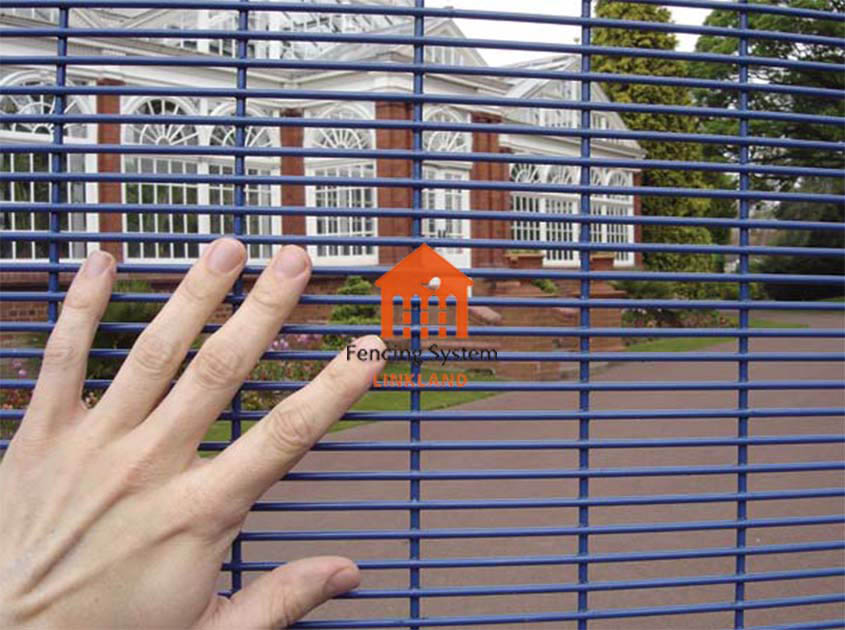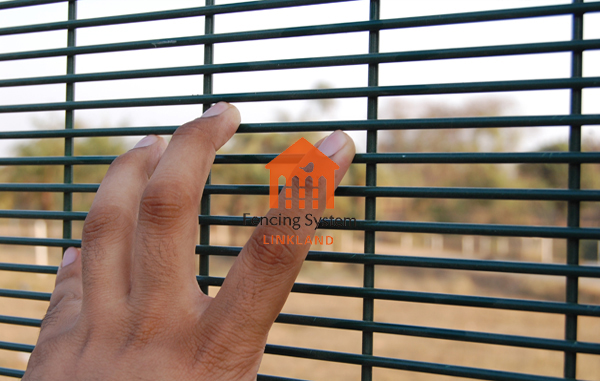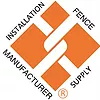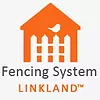Environmental integration:
An important aspect of user-friendly design is making the Fence for prison blend into its surroundings. By choosing the right colour, material and appearance, Fence for prison can be harmonized with the natural environment or architectural style. This blend of environments can reduce prisoners’ sense of isolation from the outside world and create a more humane environment.

Visual transparency:
Another key factor in the humane design was maintaining inmates’ connection to the outside world and visual transparency. Fence for prison can adopt an open structure, such as a diamond mesh guardrail, allowing prisoners to observe the external environment, including natural landscapes and other people's activities. This visual transparency helps reduce prisoners’ feelings of depression and loneliness and improves their mental health.

Social space:
Humane design should also take into account the social needs of prisoners. Fences for prison can be designed to include social spaces or activity areas to promote communication and interaction between prisoners. These social spaces can provide a variety of activities and programs, such as sports, education courses and vocational training, providing prisoners with opportunities to learn, develop and rehabilitate.
Respect dignity:
One of the most important goals of humane design is to respect the dignity of prisoners. Fence for prison can achieve this goal by adopting a design that respects and protects privacy. For example, inmate housing areas can provide sufficient private space to avoid overcrowding and invasion of personal privacy. In addition, Fence for prison should provide appropriate infrastructure such as toilets, showers and medical facilities to meet the basic living needs of prisoners.
 sales@chinafencewiremesh.com
sales@chinafencewiremesh.com
 Address
Address

Copyright© Hebei Linkland Technology Co.,ltd. All Rights Reserved